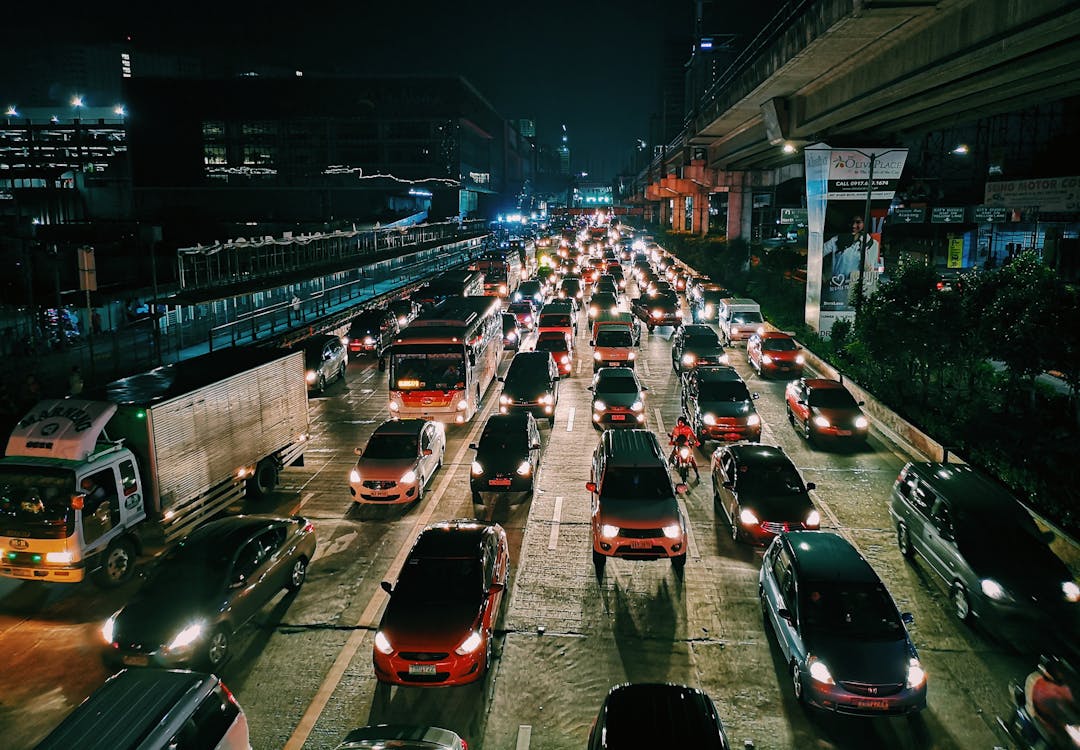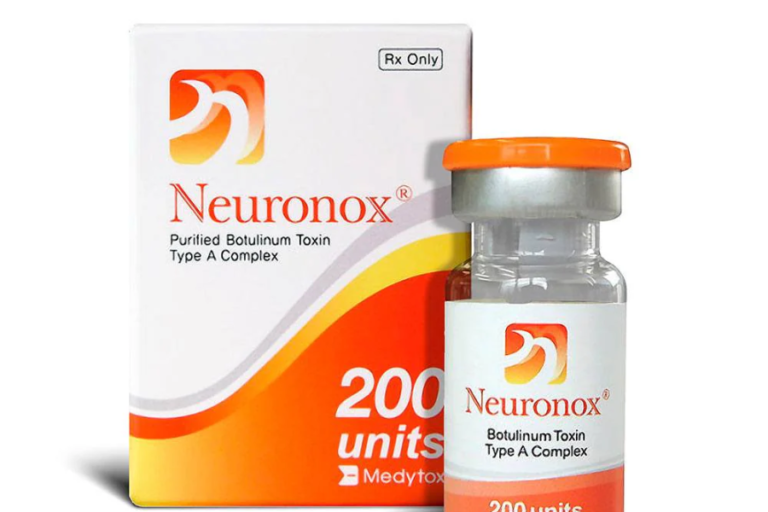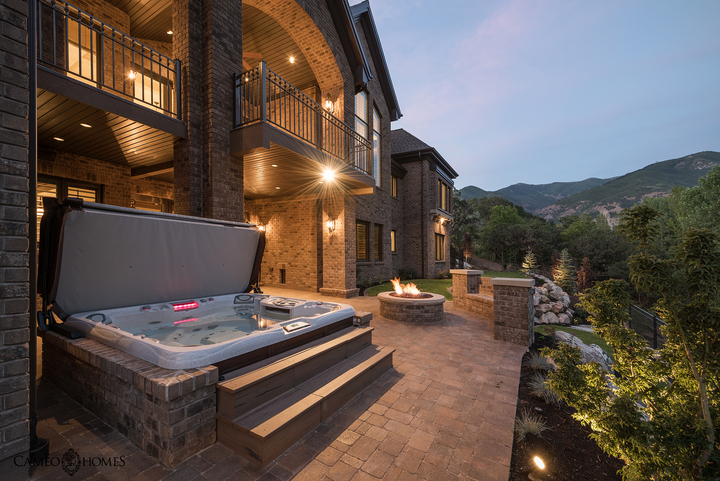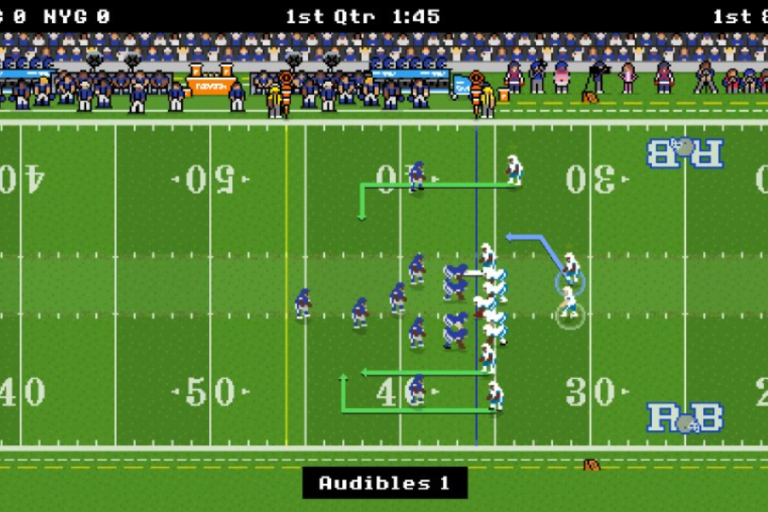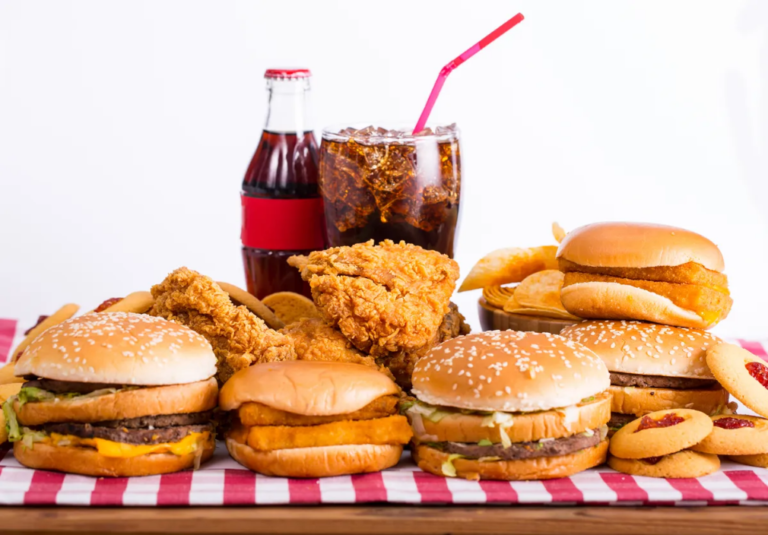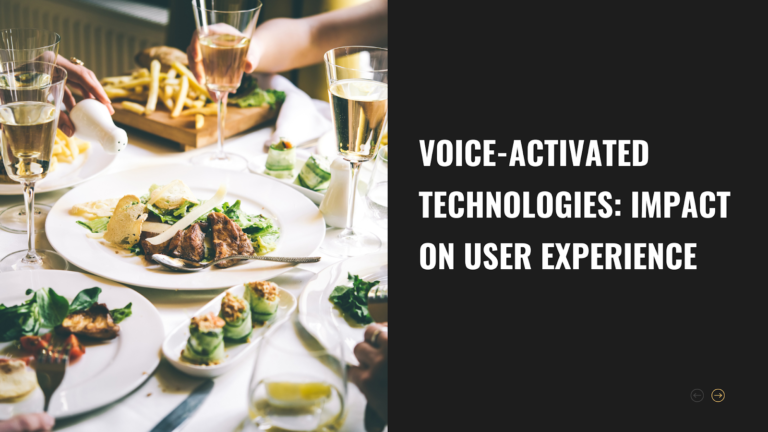Effective Traffic Hacks To Help You Avoid Gridlock
If traveling is an antibiotic for our souls, traffic is the headache we’ve all endured. One moment you’re a free bird, and the next, you’re playing a cat-and-mouse game with your accelerator and brakes.
Traffic eats up our precious time. They often ruin our travel plans and schedules, adding more stress and frustration to our daily lives. Worse, the toxic fumes from vehicles degrade the air quality. This can cause health issues such as asthma and painful allergies. It’s even known to cause certain cancers and affect lung function.
During peak hours, the situation worsens as gridlock becomes inevitable. Congested roads slow down movement. It exacerbates delays and increases environmental pollution.
It thus becomes important to avoid gridlock to preserve our time, reduce stress, and protect our health. Here are effective traffic hacks to help you navigate these challenges and avoid the frustrations of gridlock. Let us answer a few questions first!
What Is the Difference Between Traffic and Gridlock?
Traffic refers to the movement of vehicles, which can range from light to heavy. Gridlock occurs when traffic is so congested that movement becomes impossible, resulting in a complete standstill and significant delays. Sometimes, officials even issue gridlock alerts for severe congestion, advising drivers and commuters to avoid certain areas.
What Causes Gridlock?
Gridlock results from excessive vehicle congestion, which frequently results from heavy traffic, road closures, mishandled accidents, or poor traffic management. It happens when the road network reaches capacity, preventing vehicles from moving and leading to a complete standstill.
What Is a Gridlock Alert?
A gridlock alert is a warning that transportation authorities issue to drivers about severe traffic congestion in particular areas, advising them to stay away from these areas or find alternate routes.
Traffic Hacks To Avoid Gridlock
Before learning the hacks, let’s first understand the many causes of gridlock. Car accidents, congestion due to road construction, rush hour traffic, and malfunctioning traffic signals are common factors contributing to gridlock.
Knowing these causes is important to comprehend why traffic jams occur and how we can prevent them. Take car accidents, for example. They are too common, especially in America.
Just yesterday, Angela Williams, 43, of Rogers, crashed her 2017 Ford Edge on I-49 near mile marker 86, Bentonville. She hit a highway sign and a concrete bridge support. Her car overturned and caught fire, and tragically, she lost her life.
Due to the severity of the accident, authorities likely had to close the road, potentially resulting in extensive gridlock. The accident may have caused significant delays for other motorists and disrupted emergency services, inconveniencing local commuters.
If the road was closed, it could have affected nearby businesses, increased travel times, and caused widespread disruption.
This incident highlights a broader issue. According to the Keith Law Group, there have been many deaths in the area and nearby due to vehicle crashes in recent years. Such accidents create chaos and contribute significantly to gridlock in affected areas.
If you live in places prone to such accidents, you already know their impact on traffic. To manage that traffic look into lesser-used roads or side streets. This will help you bypass accident-induced traffic jams.
Alternatively, if you are the victim of a car accident seek immediate legal help. If the accident occurred in Rogers itself, contact an experienced Rogers car accident lawyer to obtain financial compensation. They know the local rules, regulations, and legal processes. This will ensure a successful lawsuit.
Coming back to managing gridlocks, here are some effective hacks that’ll help a lot.
Try Carpool
Many of us have the wrong idea that carpooling is all about sharing a ride. It’s a powerful solution to beat traffic jams. Imagine reducing your commute stress while contributing to reducing gridlock and pollution.
Take Seattle’s Carpool Incentive Fund program by King County Metro, for instance.
It slashed single-occupancy vehicle use by 85%, boosting carpool occupancy to 2.37–2.4 per trip. This initiative also saved 900,000–1,000,000 vehicle miles. This proves its impact on easing traffic and reducing costs.
Seattle’s Carpool Incentive Fund also shows that such initiatives foster sustainable transportation habits. With less congestion, cities can improve air quality and make commuting a more pleasant experience.
Start carpooling today to save time, money, and the environment.
Use Public Transport
Did you know that urban traffic congestion has become a significant challenge in many cities worldwide? In 2022, five of the ten most congested cities were located in the U.S.
This increase in congestion is primarily driven by factors such as increasing urban populations and rising incomes, which lead to higher rates of car ownership. Additionally, urban sprawl has extended commute distances, exacerbating the problem further.
With urban traffic reaching unbearable levels, switching to public transport is important. It helps you escape the gridlock. By hopping on a bus, train, or subway, you can bypass the stress of traffic jams. Most importantly, you can arrive at your destination on time and subsequently lower your carbon footprint.
Consider Biking or Walking
Embrace biking or walking to beat gridlock and boost your health simultaneously. Given the urban congestion and personal health problems, biking or walking offers a dual solution.
Biking and walking means fewer cars on the road. Fewer vehicles mean less congestion during peak hours. This makes navigating the urban streets easier. By choosing these alternative modes of transport, we contribute to smoother traffic flow and reduced delays.
This shift also promotes healthier lifestyles. Did you know that a 180-pound person cycling at a moderate 10–12 miles per hour burns up to 240 calories in 30 minutes? Beyond the calorie burn, biking, and walking reduce your risk of diabetes and certain cancers and improve heart and lung health.
Moreover, choosing to bike or walk lowers the emissions, and overall transportation costs. This means they’re easy on earth and our pockets. It benefits both individuals and communities alike.
However, the idea of incorporating biking or walking into daily routine is daunting. But trust me, it’s surprisingly easy. If possible, consider biking or walking to nearby shops, parks, or work. Opt for walking meetings or bike to social gatherings.
Use bike-sharing programs for longer distances or combine biking with public transit for convenience. To further reduce gridlock, consider biking or walking during rush hours instead of driving short distances.
Maneuvering through congested streets also becomes easier. Utilize designated bike lanes or pedestrian paths where available. This will promote smoother traffic flow.
But remember to prioritize safety. Always wear a helmet, use bike lanes whenever feasible, and remain vigilant around vehicles. With these tips, you can do your bit to avoid gridlock and enjoy a healthier, more eco-conscious commute.
Use Traffic Navigation Apps
With traffic navigation apps like Google Maps, you can navigate around gridlock more efficiently than ever. These apps provide real-time traffic updates and suggest alternative routes to save you time and frustration.
Google Maps goes one step further by allowing you to select the most fuel-efficient route based on your car’s engine type. Moreover, the app offers Street View previews of your route. This allows you to familiarize yourself with the roads beforehand.
Recently, Google introduced Immersive View in select cities. The feature enhances route previews with advanced AI technology for a more detailed navigation experience. These features make traffic navigation apps indispensable tools for escaping gridlock. They help you find smoother and faster routes to your destination.
In addition to these hacks, plan your trips early, avoid peak hours, and stay informed about traffic conditions. By adopting these strategies, you’ll spend less time in traffic, reduce stress, and enjoy a smoother, more efficient journey.
